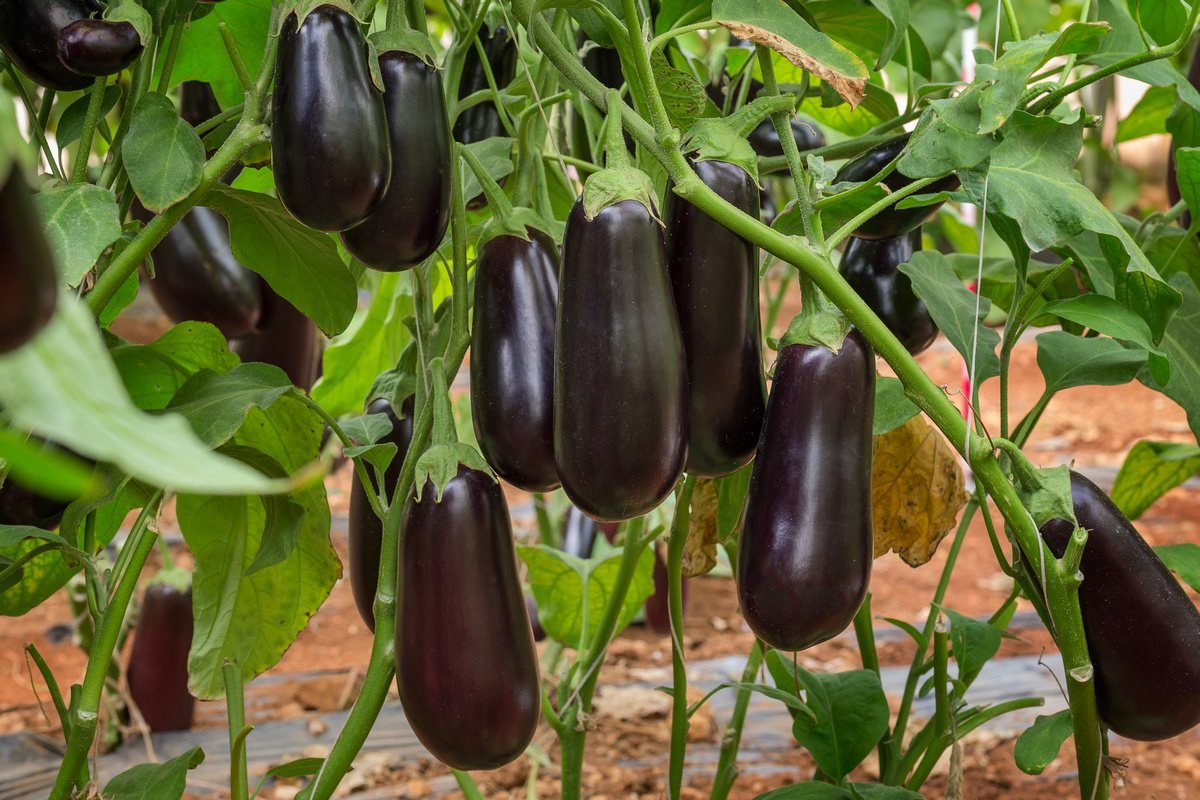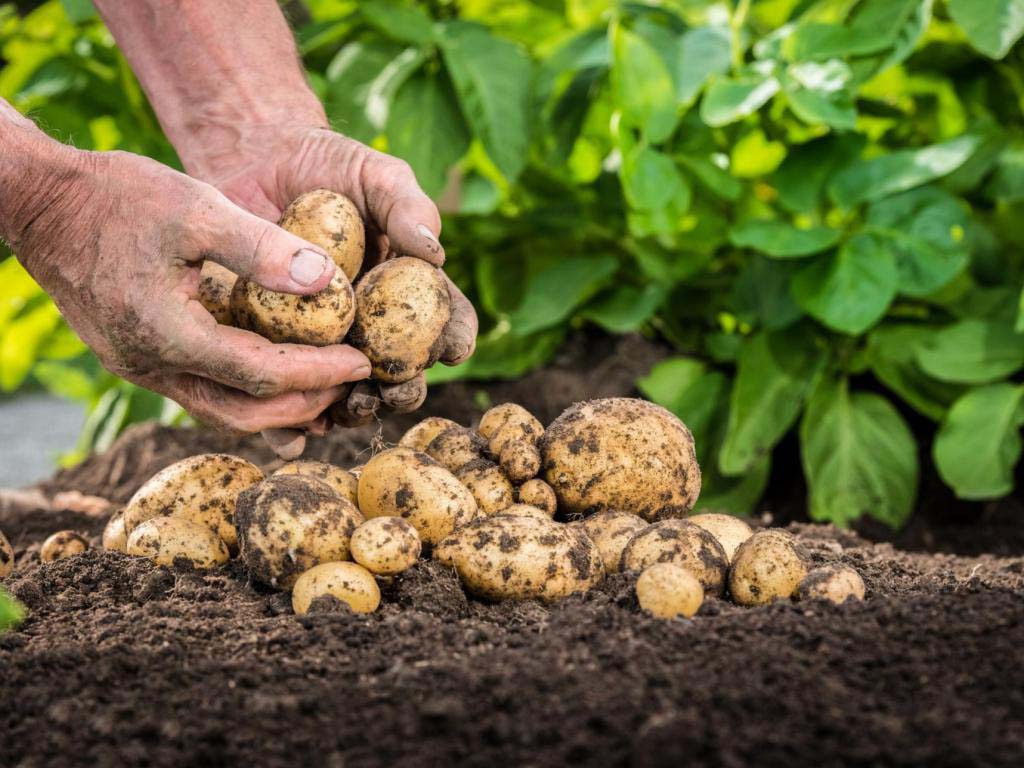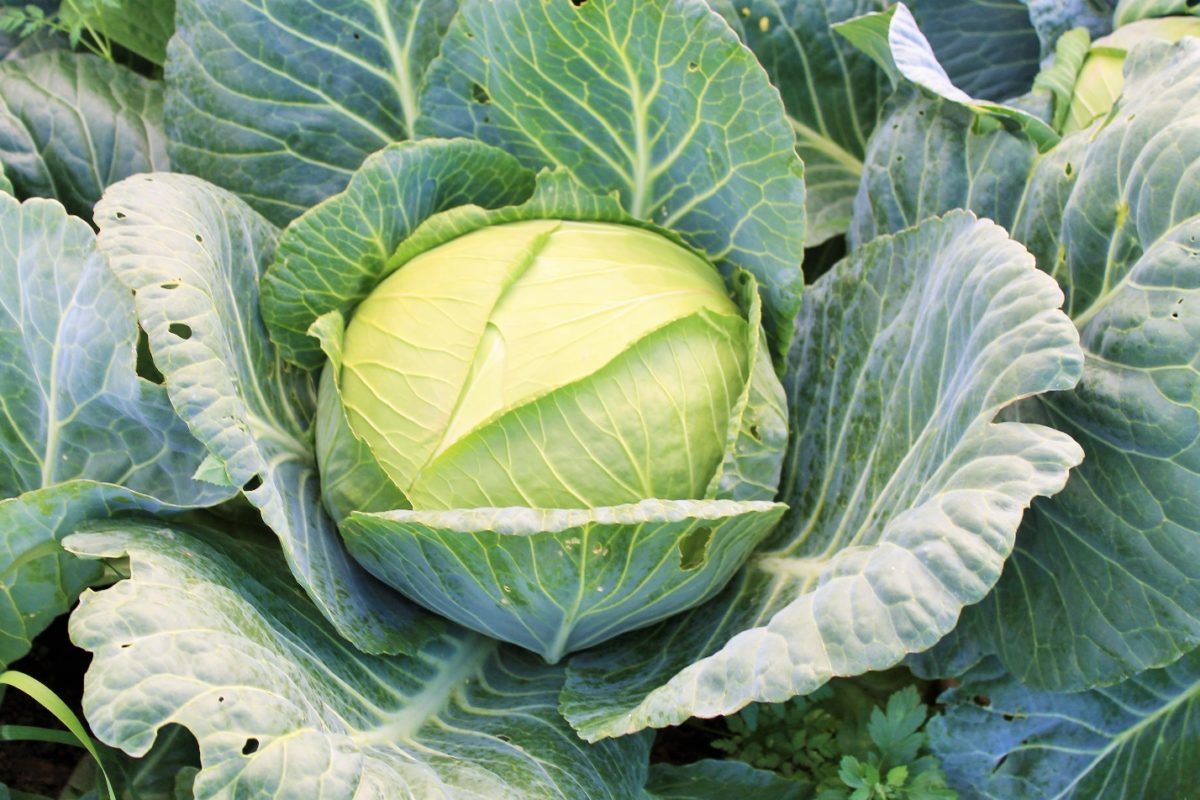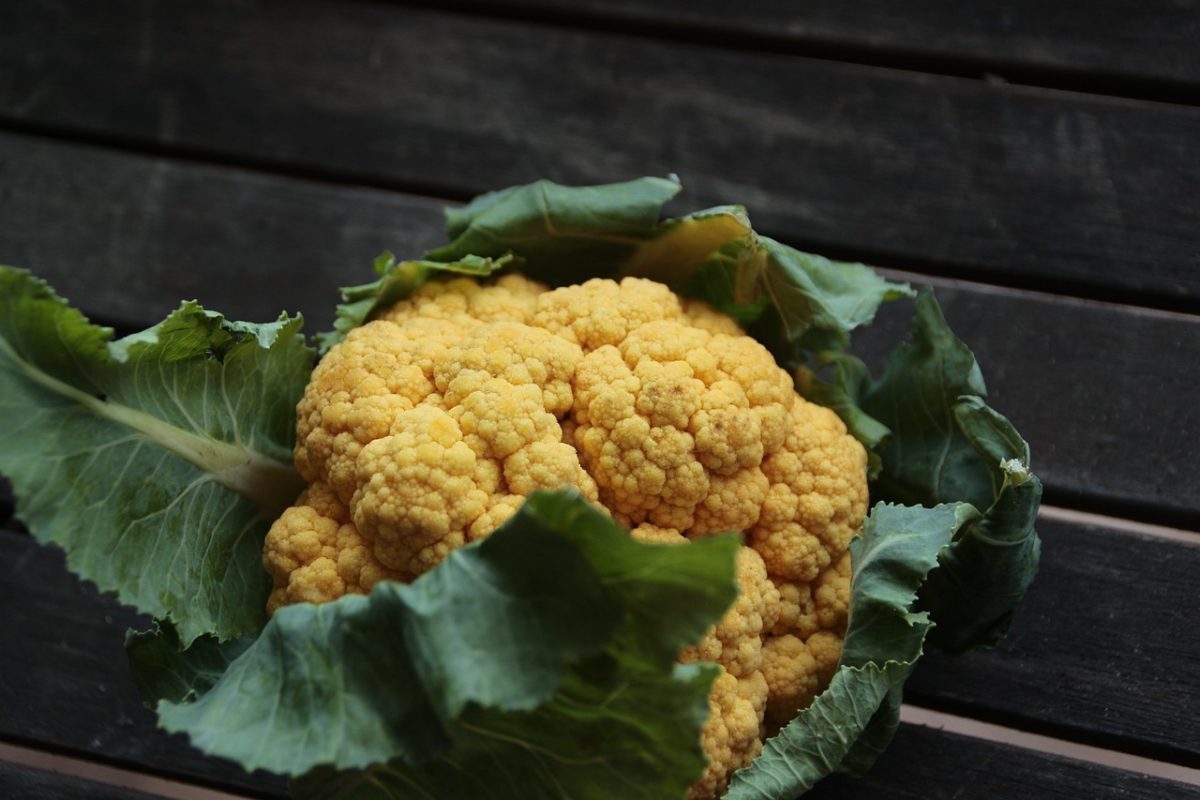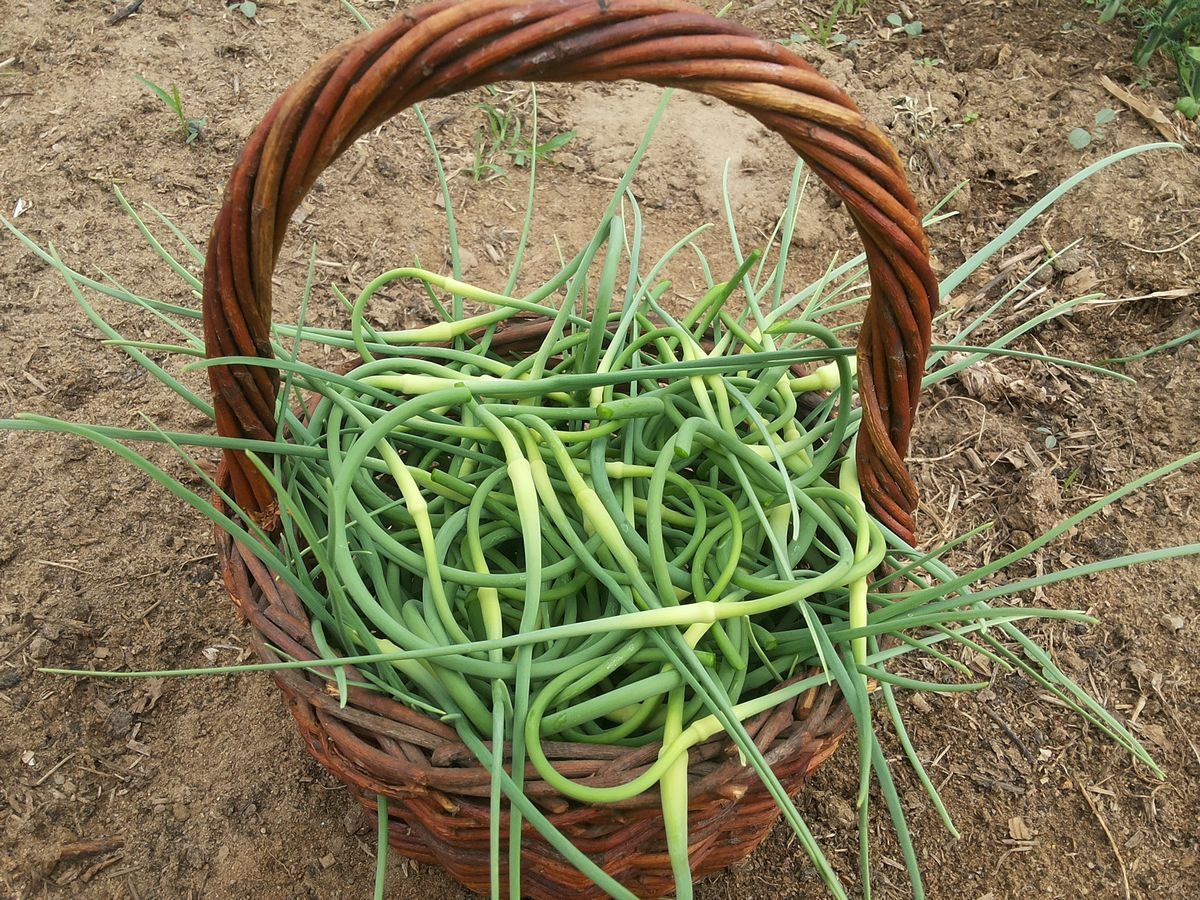Vegetables
Among nightshade crops, eggplant is considered the most capricious. When the weather changes or the slightest violations of agricultural technology, the plant drops flowers and ovaries. It is clear that not everyone can enjoy their own grown eggplants. However, there is a hybrid variety - Clorinda, which forgives gardeners' mistakes.
By cultivating potatoes on our plots, we strive to get a high yield. For this we apply fertilizers, take care of the plantings, but the result is often disappointing. Therefore, many gardeners prefer growing potatoes according to some popular method that has proven itself over the years. For example, the well-known Dutch technology, which does not require special costs, but shows excellent results. But in order to achieve them, you need to follow the rules and know the features of this method.
Cauliflower is one of the best representatives of a large vegetable family. It has more protein and ascorbic acid than a white-headed relative. It retains nutrients better than tender broccoli. Dishes from it are recommended to be included in the children's and dietary menus. However, cauliflower occupies a very modest place in our summer cottages and backyards. Russian gardeners prefer the usual white cabbage. And the super-useful color is still considered exotic, as in the 18th century. Meanwhile, there are many fruitful and unpretentious varieties of this crop, suitable for regions with different climates. Let's consider the most productive ones.
It may seem paradoxical, but garlic, which is widely used in the fight against diseases and pests of various vegetable and fruit plants, is itself often attacked by pests. These are insects and mites; they spoil both the feathers of garlic and the heads. Basically, the pests of garlic are the same as those of onions, there are more than a hundred of them. About a dozen of them are much more common than others and cause particular harm to the plant.
